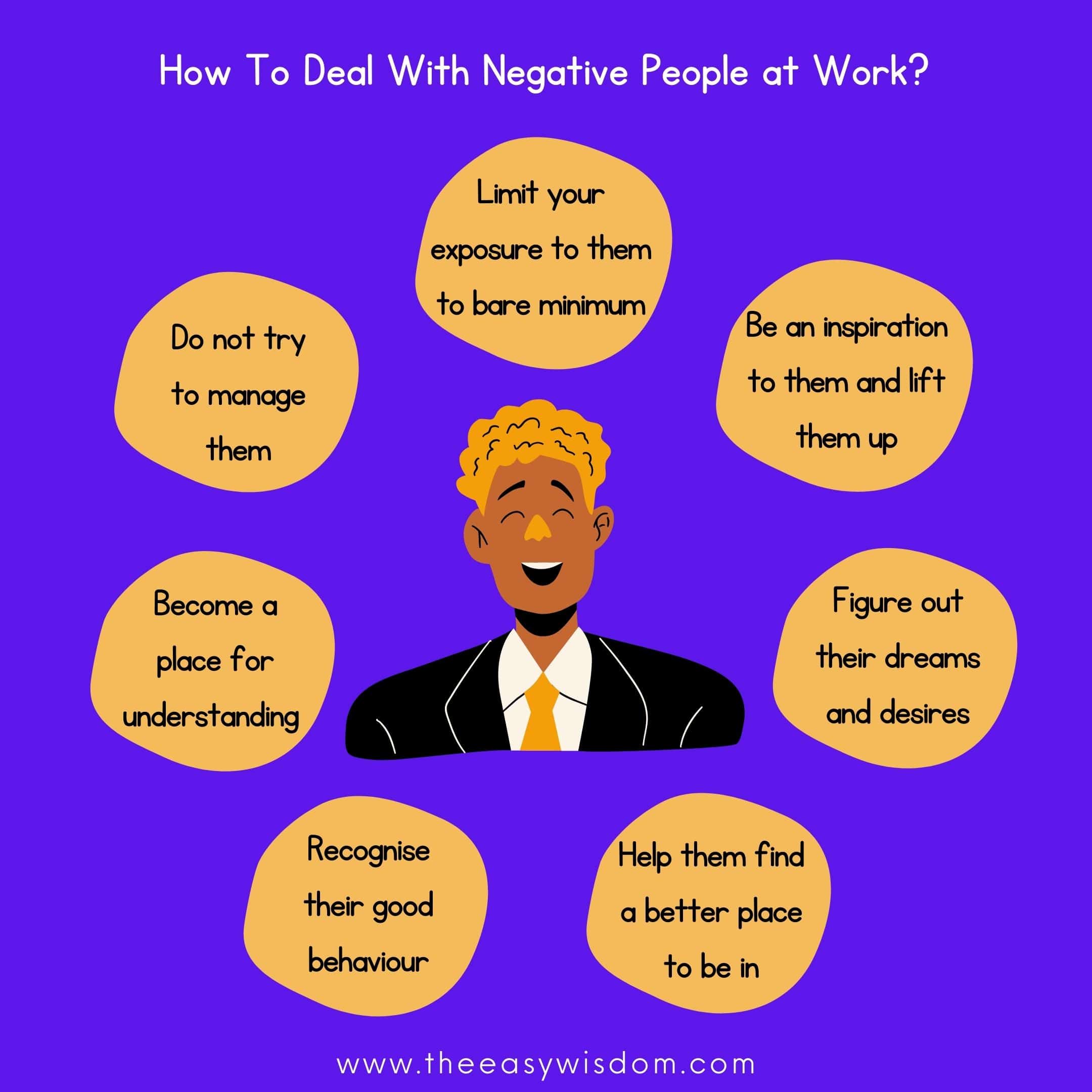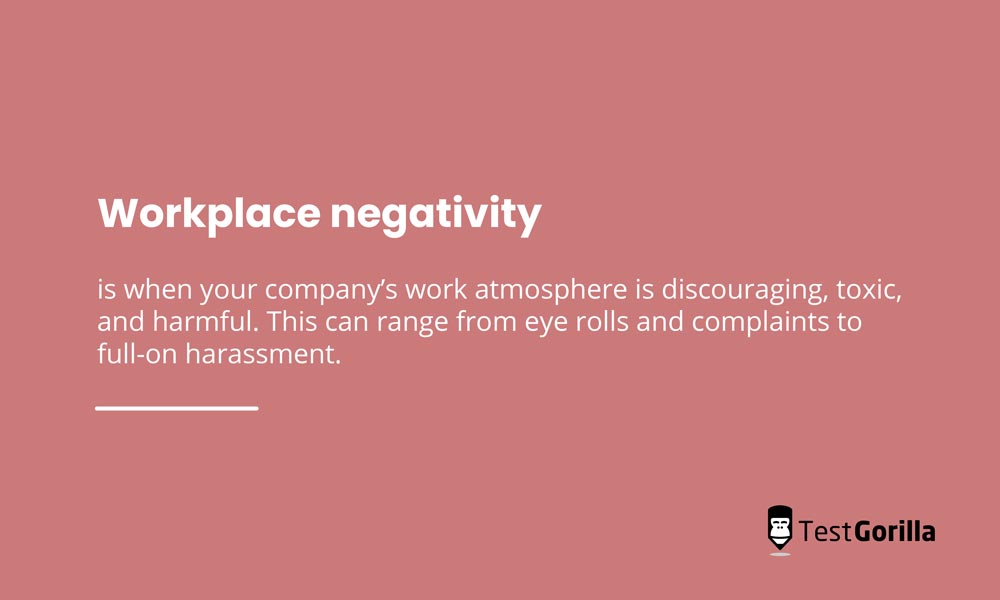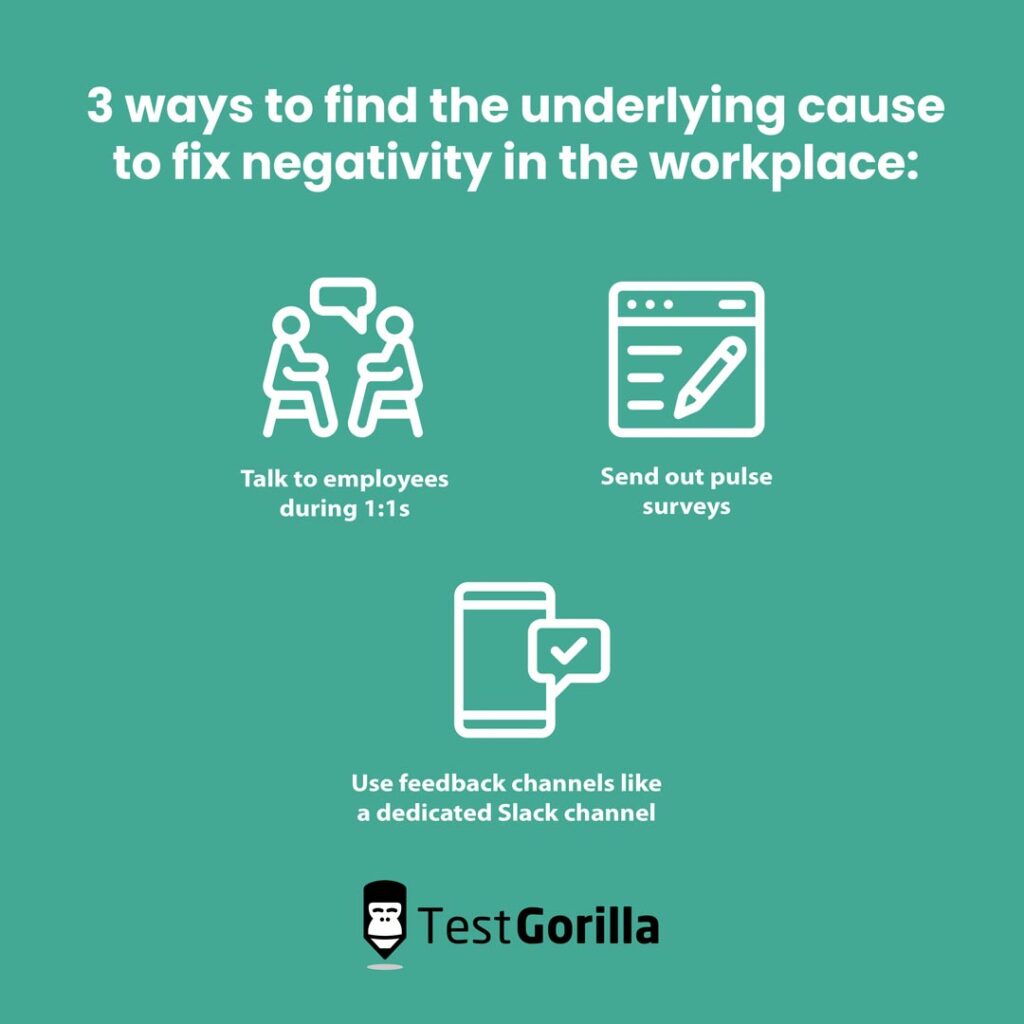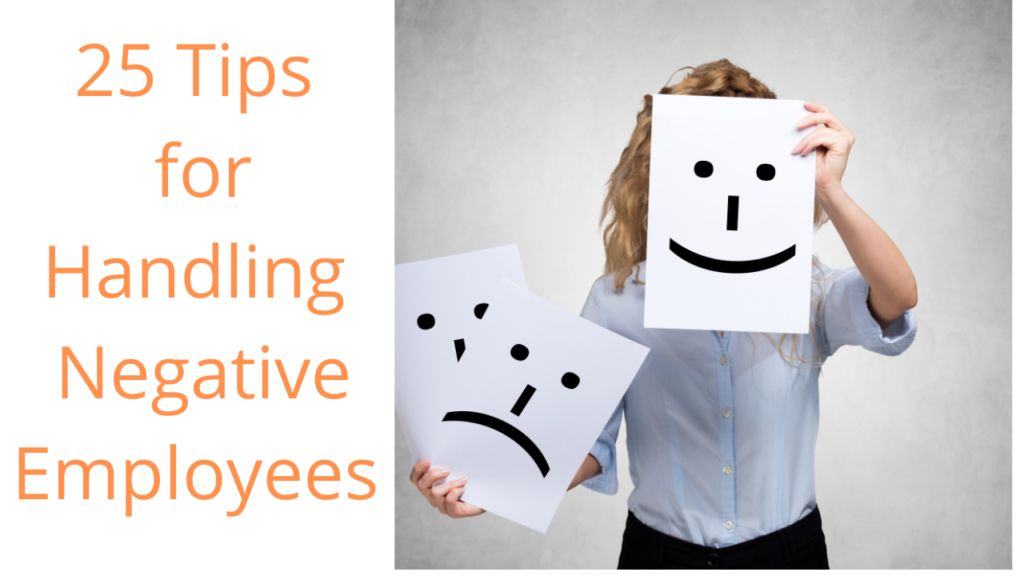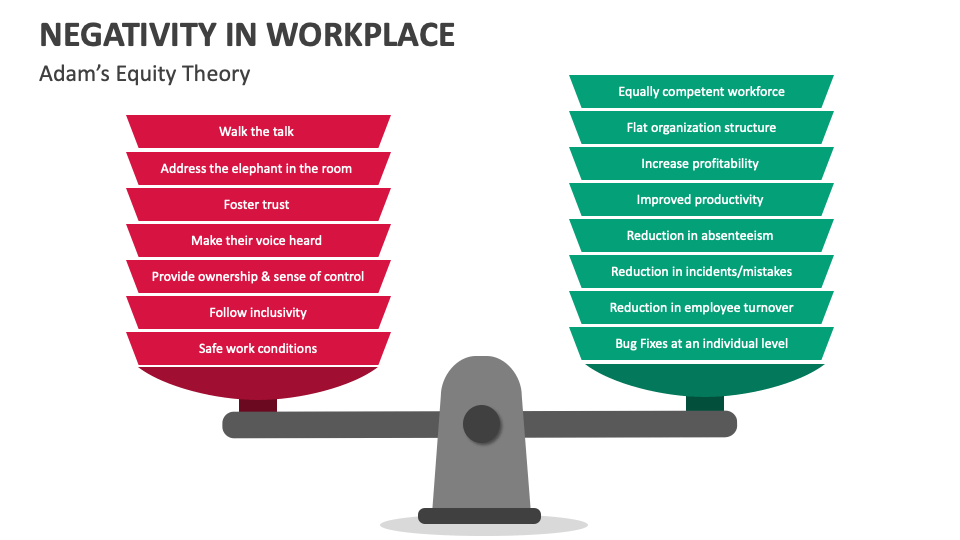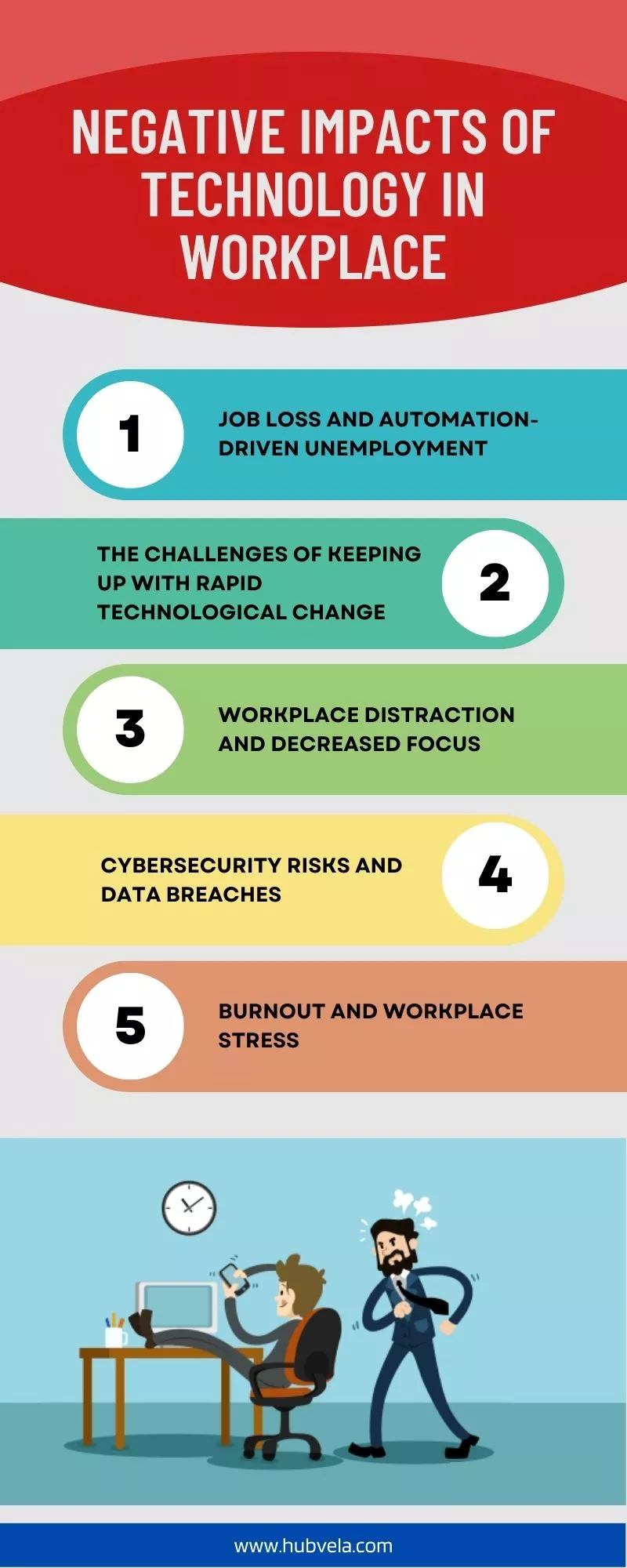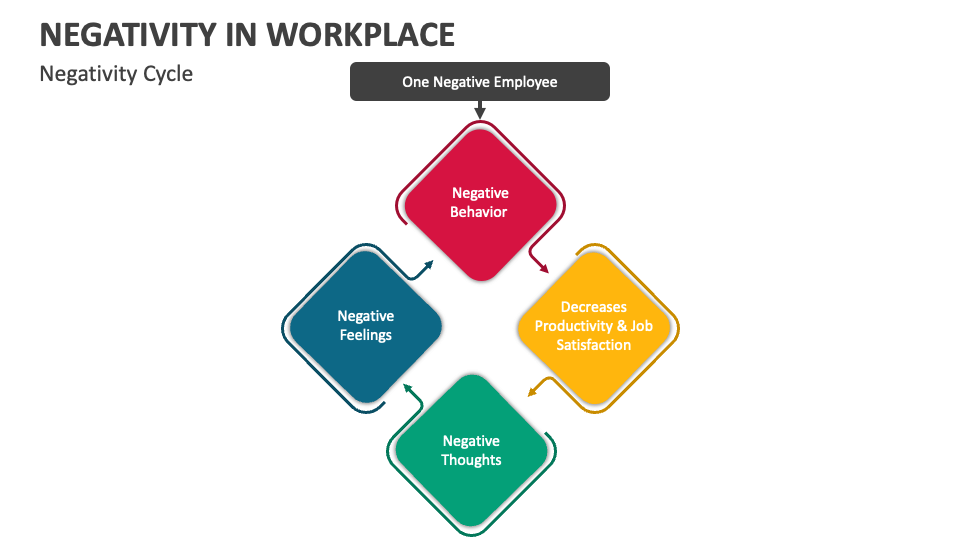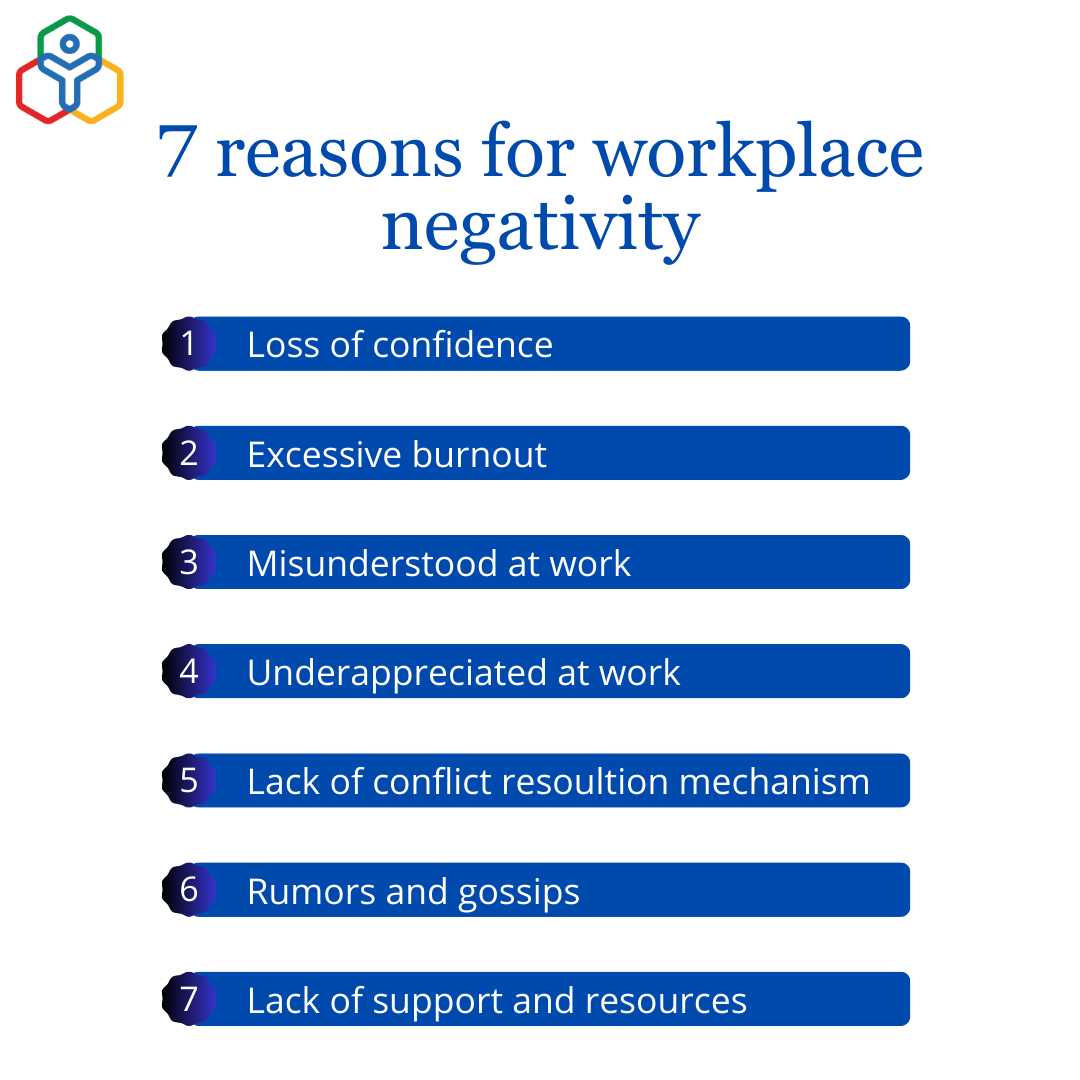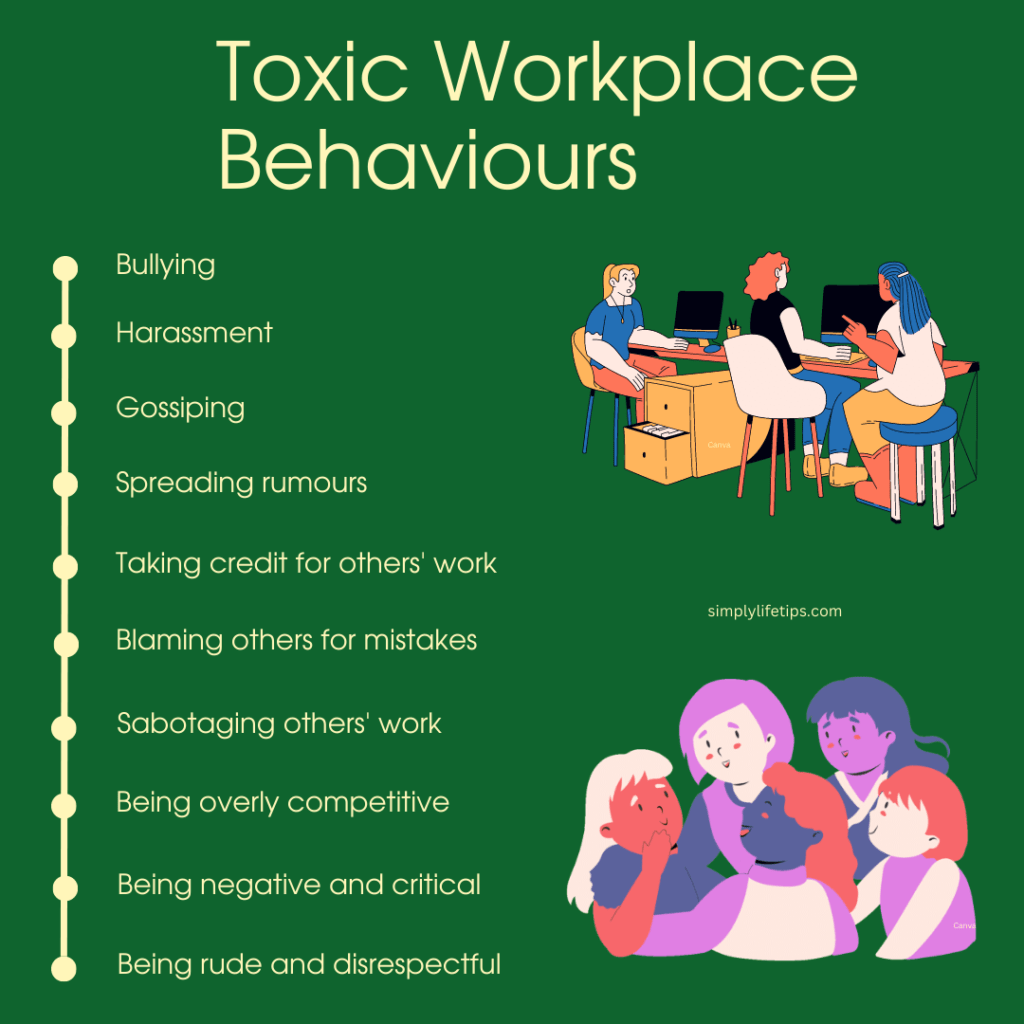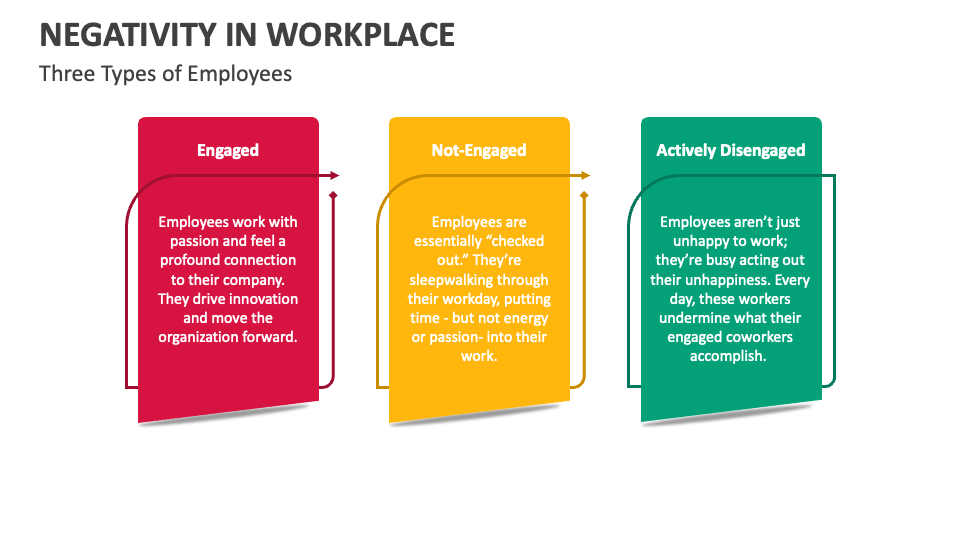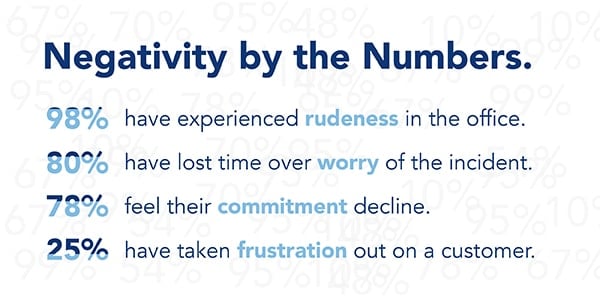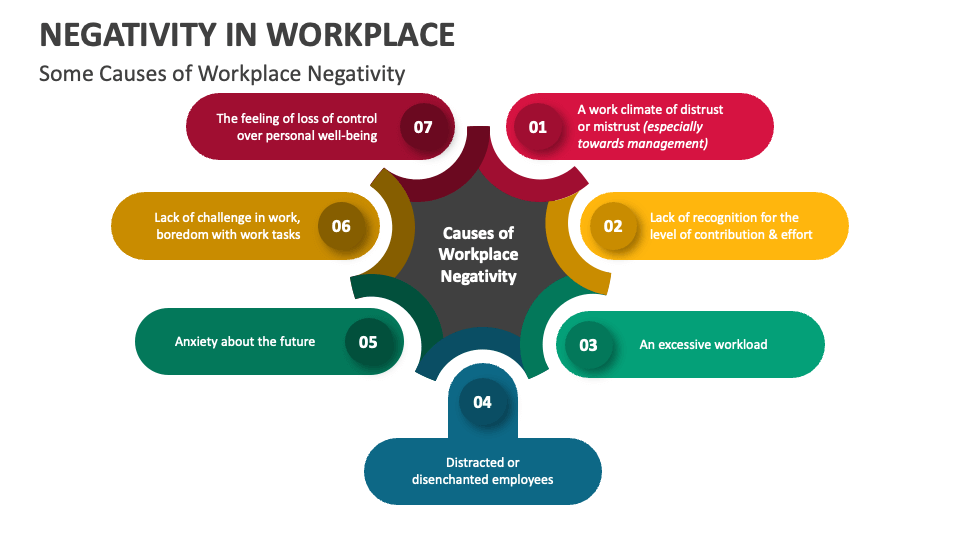Effects Of Negativity In The Workplace

Workplace negativity is silently eroding productivity and employee well-being across industries. A toxic environment can manifest in decreased morale, increased absenteeism, and ultimately, a significant impact on a company's bottom line.
The High Cost of Bad Vibes
Negative work environments are proving to be costly. Data reveals that companies with unhappy employees experience significantly higher turnover rates and lower customer satisfaction scores.
The Gallup's State of the Global Workplace report consistently demonstrates a direct correlation between employee engagement and profitability.
This correlation shows a decline of employee well-being with the profitability of the company.
What fuels the fire?
Multiple factors can contribute to a negative workplace atmosphere. Poor management, lack of communication, and unfair treatment are commonly cited causes.
Also, workplace bullying and harassment, whether subtle or overt, create a climate of fear and distrust that can spread rapidly.
These practices directly impact team dynamic and create silos within an organization.
Who is affected?
The impact of negativity isn't limited to those directly involved in conflicts or experiencing mistreatment. According to a 2017 Harvard Business Review report, witnessing negativity can be just as damaging as experiencing it firsthand.
This is often attributed to the phenomenon of emotional contagion, where negative emotions spread throughout a group.
The report further stated that productive teams are more likely to build a positive work culture and foster a safer work environment.
Where is this happening?
Workplace negativity isn't confined to a specific industry or geographic location. Studies show the prevalence varies significantly depending on company culture and management practices.
However, high-pressure environments, such as those in finance and law, often report higher levels of stress and negativity.
Remote work environments can also be breeding grounds for negativity if communication is poor and employees feel isolated.
When does it become a problem?
Negativity becomes a serious issue when it becomes pervasive and chronic. Isolated incidents of conflict can be managed effectively with open communication and mediation.
However, when negativity is consistently ignored or allowed to fester, it can lead to a toxic work environment with long-lasting repercussions.
This negative climate can affect the mental and physical health of employees.
How can it be addressed?
Addressing workplace negativity requires a proactive and multi-faceted approach. Companies need to prioritize creating a culture of respect, open communication, and psychological safety.
Managers must be trained to recognize and address negative behaviors effectively, and employees should feel empowered to report concerns without fear of retaliation.
Implementing clear policies against bullying and harassment, as well as fostering a culture of recognition and appreciation, can also contribute to a more positive work environment.
Urgent Call for Action
Organizations must take immediate steps to mitigate the damaging effects of negativity. Failing to do so will result in continued losses in productivity, employee retention, and overall company performance.
Ongoing monitoring of employee sentiment and a commitment to creating a supportive work environment are crucial for long-term success.
Further investigation into successful strategies for building positive workplace cultures is currently underway, with initial findings expected in the next quarter.
